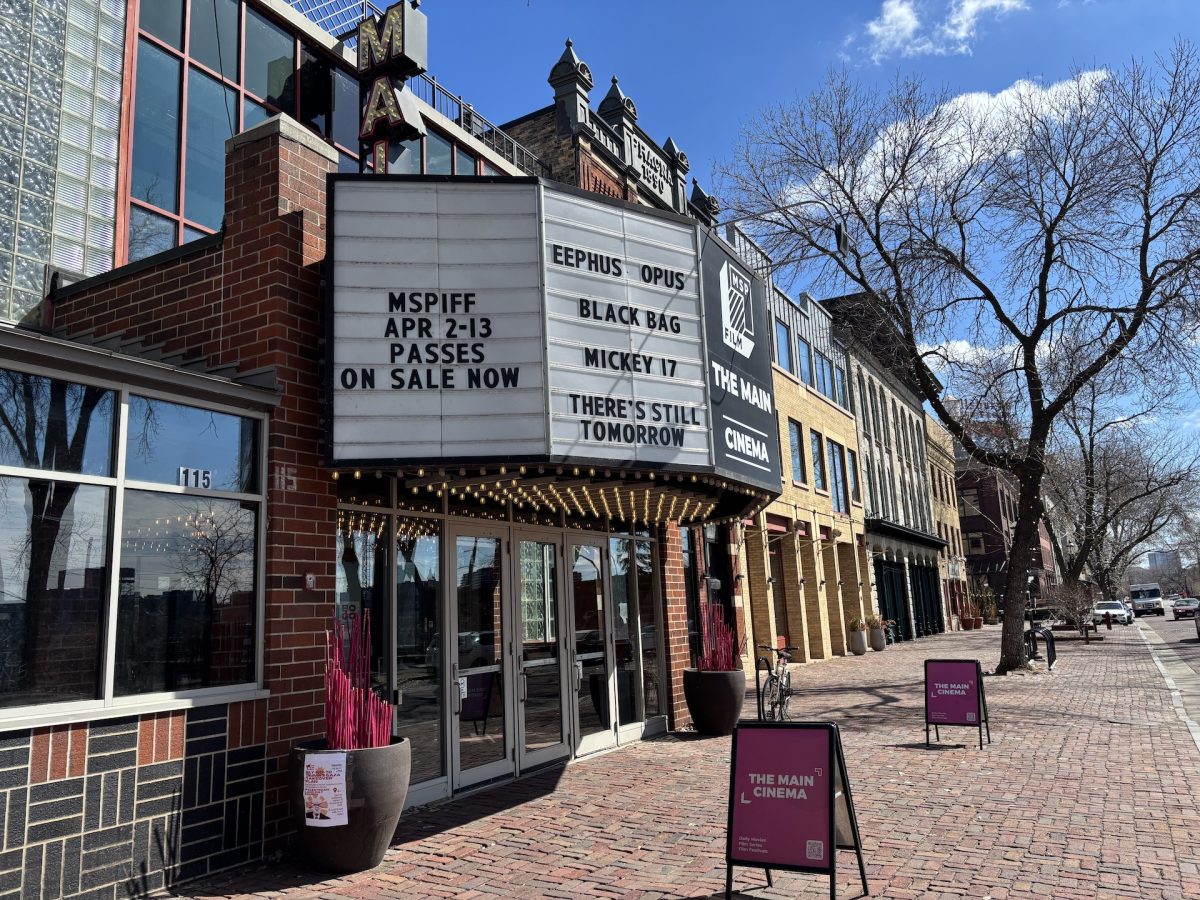Art versus commerce, the eternal battle: How does one make something enlightening and inspiring, while still paying the bills?
Fine art – the sort of art that breaks new boundaries – is hardly the stuff that banks millions. It is not the intricate and nuanced novel that finds a mass audience but, rather, the latest routine John Grisham thriller. It is not the edgy new work by a local playwright that brings in the sport utility vehicles from suburbia, but a touring production of the familiar “Cats” or “The Lion King.”
Similarly, the cinema has been steeped in its quest for box office returns for so long that it’s easy to forget how many limitations have been placed on its form and imagination.
Nowadays, films must conform to one of six genres, end in fewer than two hours, cast the big stars and follow a formula that tends toward the predictable and comforting.
All of which makes the scope and ambition of “The Best of Youth” that much more remarkable.
Here is not only an epic movie that thumbs its nose at cinematic norms but reminds us in the process of just what has gone missing from the commodified, mainstream movie experience. Things like creating an entire universe and then populating it, not with bland stars and cliched caricatures, but with an entire array of captivating, involving, flawed and beautiful personalities. It also boasts a story unafraid to evolve and change, made up of such disparate threads as road trips, social uprisings, romances, family melodramas, betrayals and affirmations.
This lengthy, liberated and intoxicated Italian movie, being released Friday and showing in Uptown for only two weeks, is the single greatest test in more than a decade of what this town’s movie community is made of.
Director Marco Tullio Giordana crafted a six-hour masterpiece, screening in two three-hour parts. Against all possible economic logic, Miramax Films is promoting and distributing it in select cities to see if audiences that crave stories of this size and sweep still exist.
That said, there are two types of movie buffs: Those who hear six hours and shudder, and those who get giddy at the mere thought of a film so unhindered, free to paint big strokes with a wide palate.
For those in the first camp, don’t worry, there are approximately 50 theaters around here for you. For those in the second, however, this is the time to step up to the plate, head down Hennepin Avenue and vote with your pocket book.
Simply put, this is the story of two brothers, Nicola (Luigi Lo Cascio) and Matteo (Alessio Boni), who evolve from rebelling youths to professional and family men. Set in Italy spanning 1966 to 2003, the stories of these two – one on the side of law-and-order and the other on the side of revolt – and the story of their family are microcosms for the larger story of Italy during a tumultuous time of ups and downs.
As Matteo grows distant and removed, seeking rules and structure above all else, he eventually must confront a need for love and family that will not go away. Nicola, on the other hand, sees an ideal world of family and social activism disintegrate as humans prove they are far from perfect creatures.
To explain any more would not only be hopeless but also unwise. It would be like trying to distill Victor Hugo’s “Les Miserables” in a 300-word brief. The point of “The Best of Youth” is simply to grow up alongside these two and those they love. All other surprises – and there are plenty – should be saved for the theater.
While seeing this epic’s two parts consecutively is preferable, contrasting its halves is also revealing. Coinciding with the title “Best of Youth,” the first part is more about the best of Nicola and Matteo’s youth, as they discover themselves and start to unravel their destinies. In the second half, their youth ceases to be, and it is instead the youth of the next generation, as the torch is passed and the tide of time moves forward, that takes center stage.
And as Nicola and Matteo age and become more reflective, they slowly realize that other things matter more than their political quests and battles. Their attention turns elsewhere, as the next wave of rebels resumes the good fight.
The film does have one recurring sentiment that traverses this generational gap: “Everything is beautiful.”
When an artist like Giordana challenges his art form and blazes forward so brilliantly on his own, everything certainly is.







